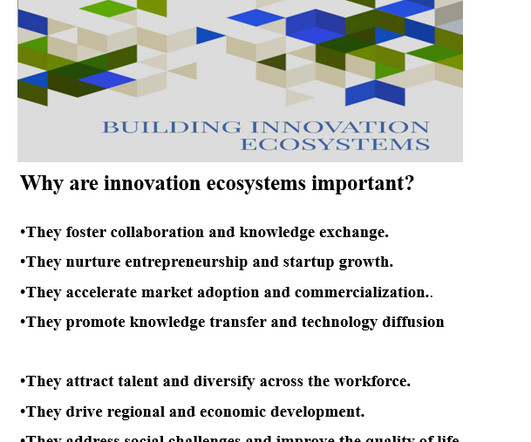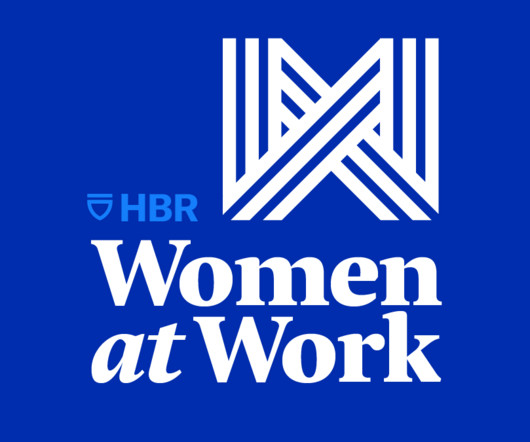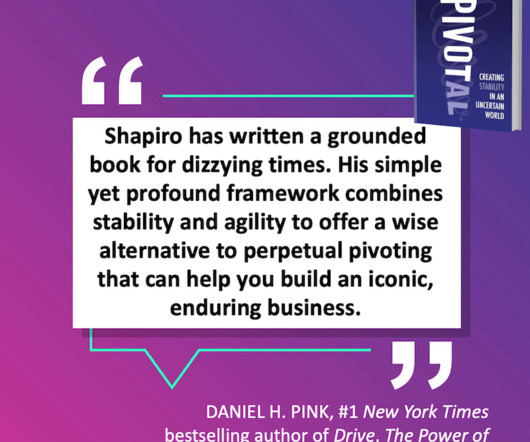Why are innovation ecosystems important?
Paul Hobcraft
JUNE 10, 2024
Recently, I presented my framework to the GIMI think tank GIMI was initiated by a worldwide group of chief innovation officers, innovation executives, academics and consultants in 2009. The framework I offered is built upon interconnected ecosystems. Connecting innovation, business, dynamics, and enterprise is crucial for creativity, growth, adaptability and growth.























Let's personalize your content